The Q2 2024 XRP Markets Report from Ripple highlights a 65.6% drop in XRPL onchain transactions driven by increased costs.
65.6% Drop in Onchain Transactions
According to Ripple's Q2 2024 XRP Markets Report, the average transaction cost skyrocketed, which caused a precipitous decline in XRP Ledger (XRPL) transaction volume from Q1 to Q2.
The XRP issuer published a report on August 2, highlighting the 65.6% reduction in XRPL onchain transaction activity during Q2 of 2024. Approximately 86.38 million transactions were registered, compared to 251.39 million in Q1 of 2023.
“Activity across most major protocols decreased in Q2. XRPL was no exception with on-chain activities noticeably lower in Q2 as compared to Q1,” as was reported by Ripple.
Costs Rise, Activity Falls
As a result of a 168% increase to 0.00394 XRP per transaction throughout the quarter, transaction activity fell. In order to prevent spam on the peer-to-peer network, Ripple said that this cost rises as the network's load does.
According to Cointelegraph, the previous quarter's figures showed a complete opposite trend, with transaction activity dropping and costs going up. From Q4 2023 to Q1 2024, the number of transactions more than doubled (108%), and the average cost was practically cut in half (45%).
Archax to Move Tokenized RWAs
Cryptocurrency exchange Archax is expected to transfer "hundreds of millions of dollars" worth of tokenized Real-World Assets (RWA) onto the XRPL next year, according to Ripple, even if transaction volume has decreased.
Additionally, Ripple reaffirmed its intention to create Ripple USD, a stablecoin, in 2024. This coin will be supported by US dollar deposits, short-term US government treasuries, and other equivalent funds.
Following news that tokenization platform OpenEden has introduced tokenized US Treasury notes (T-bills) on the XRPL, the report was published.
The platform's TBILL tokens are supported by short-term US government T-bills and reverse repurchase agreements collateralized by US Treasurys, according to a report by Cointelegraph on August 1, 2018.
In order to keep security and regulatory compliance mechanisms in place, token minters will have to pass KYC and AML screenings.






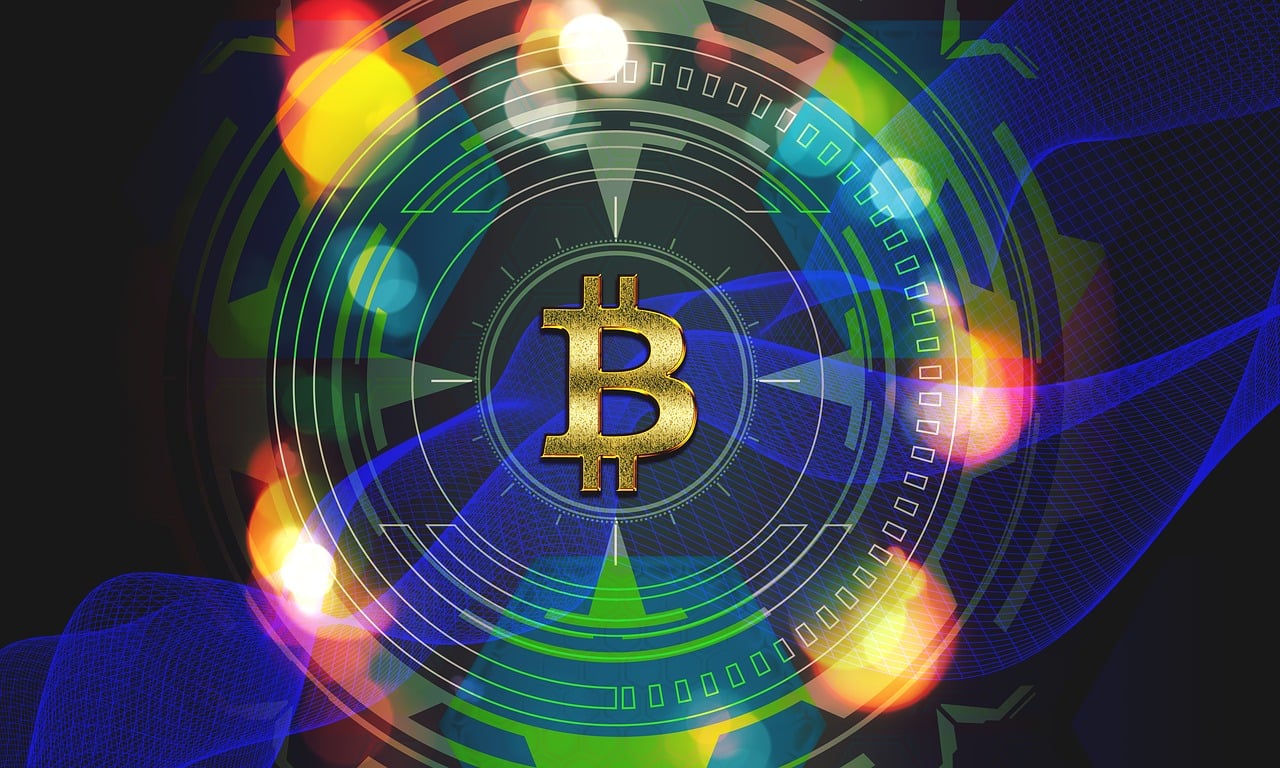
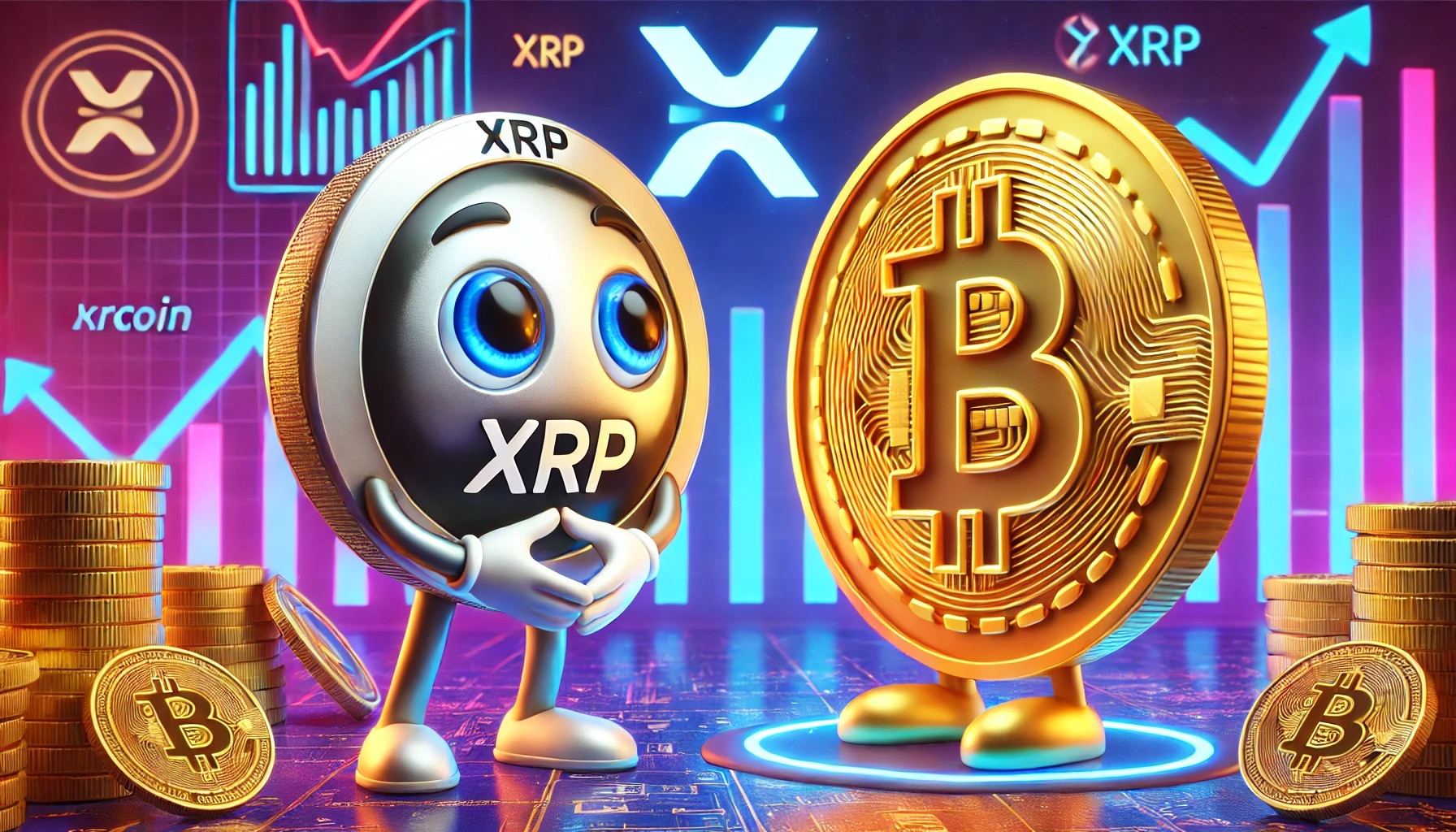
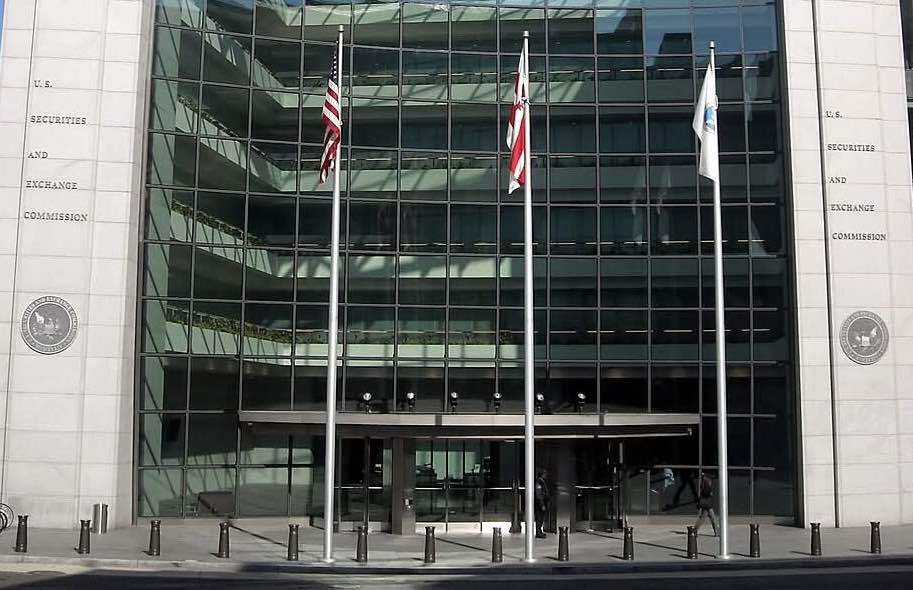
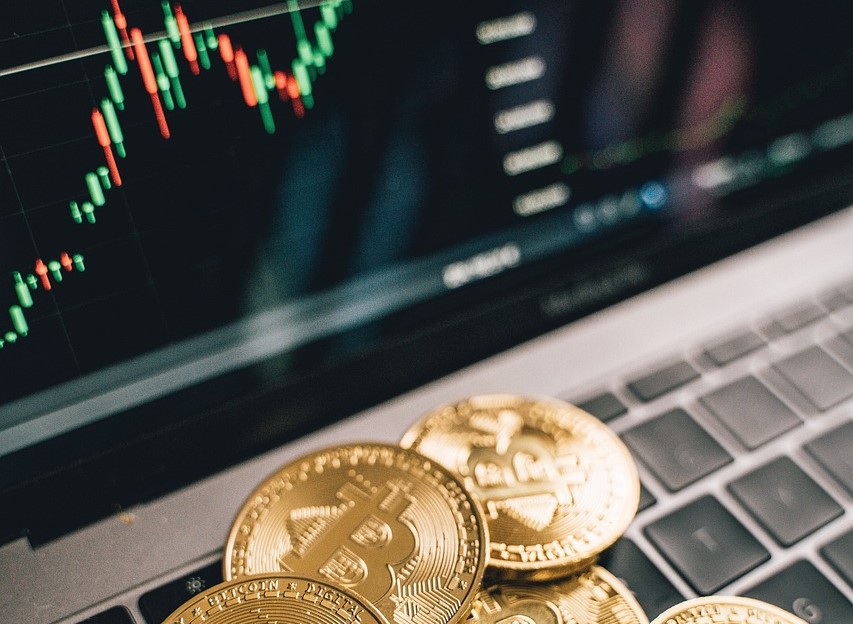
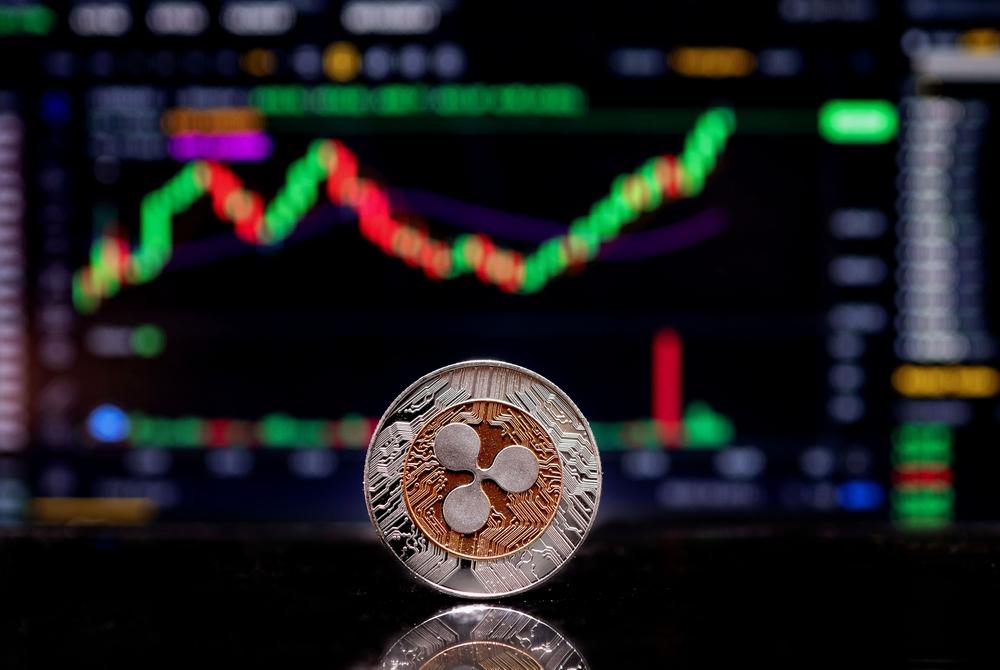

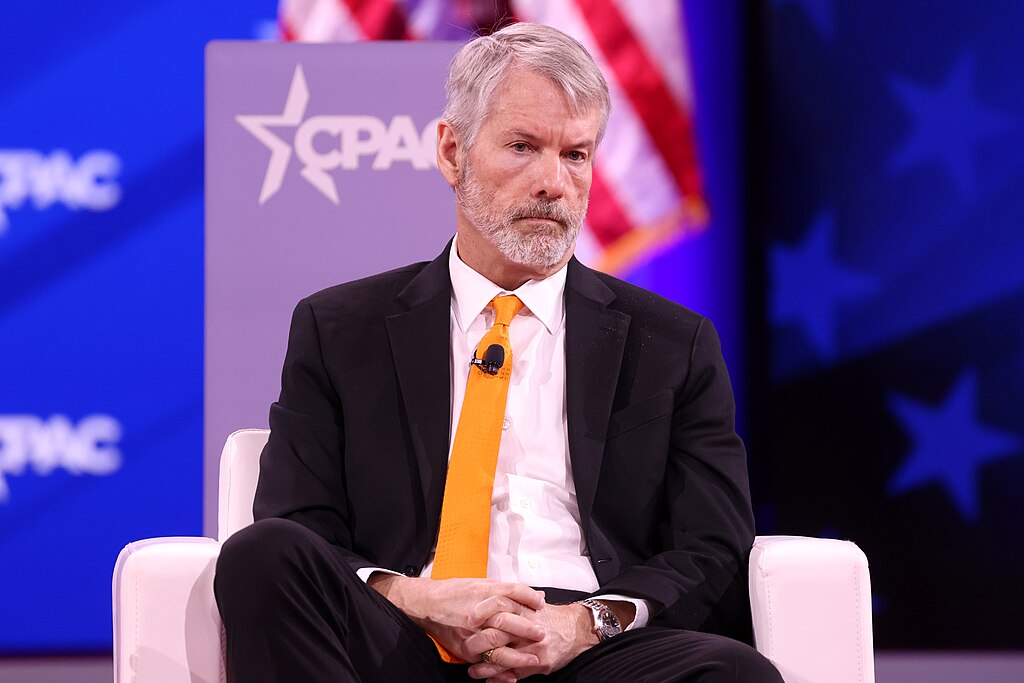
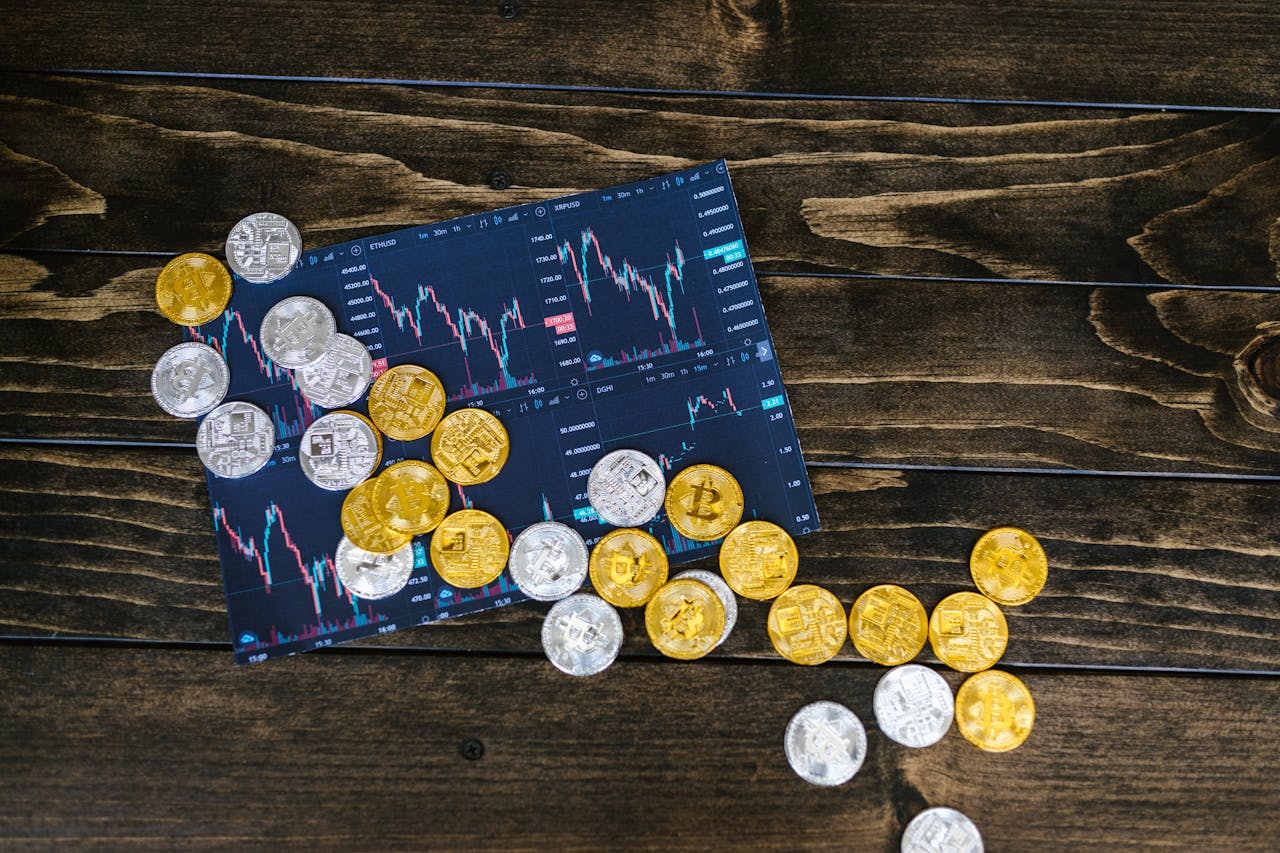
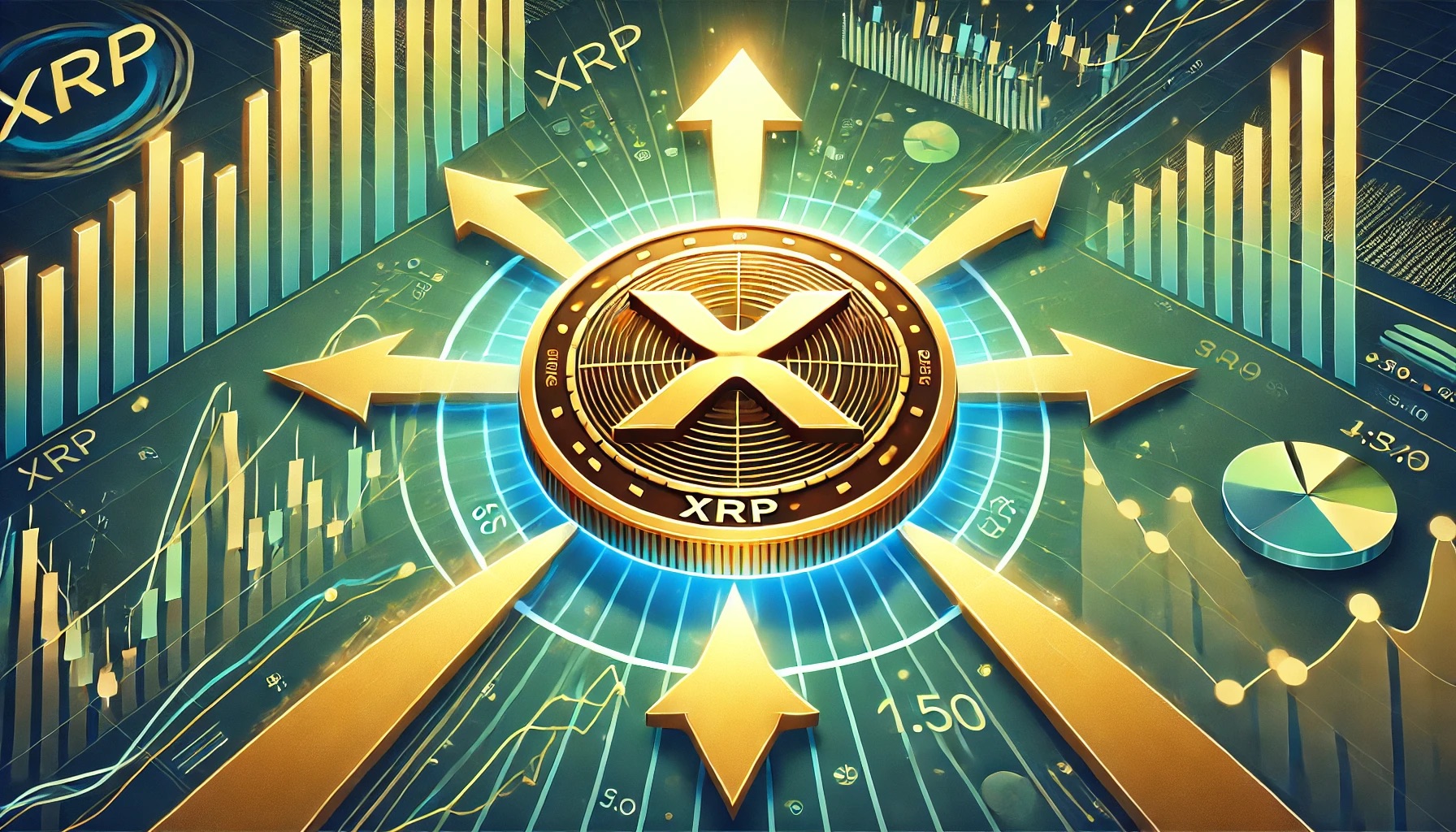

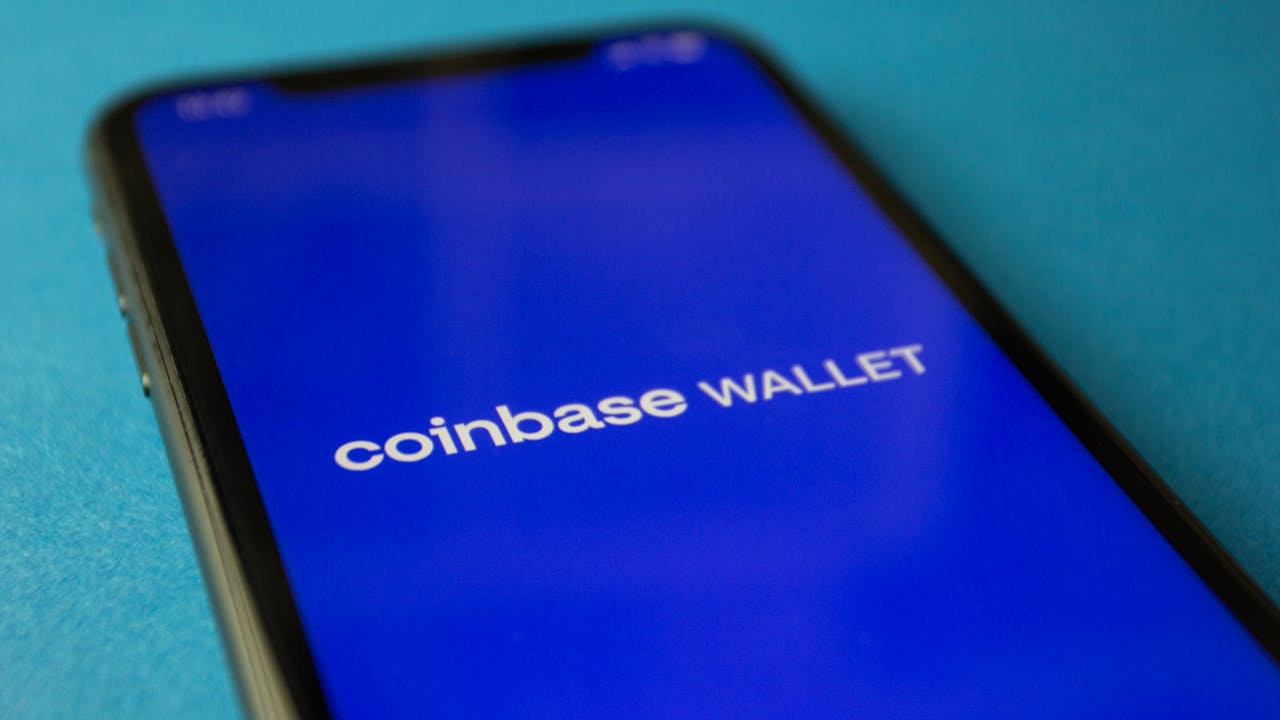

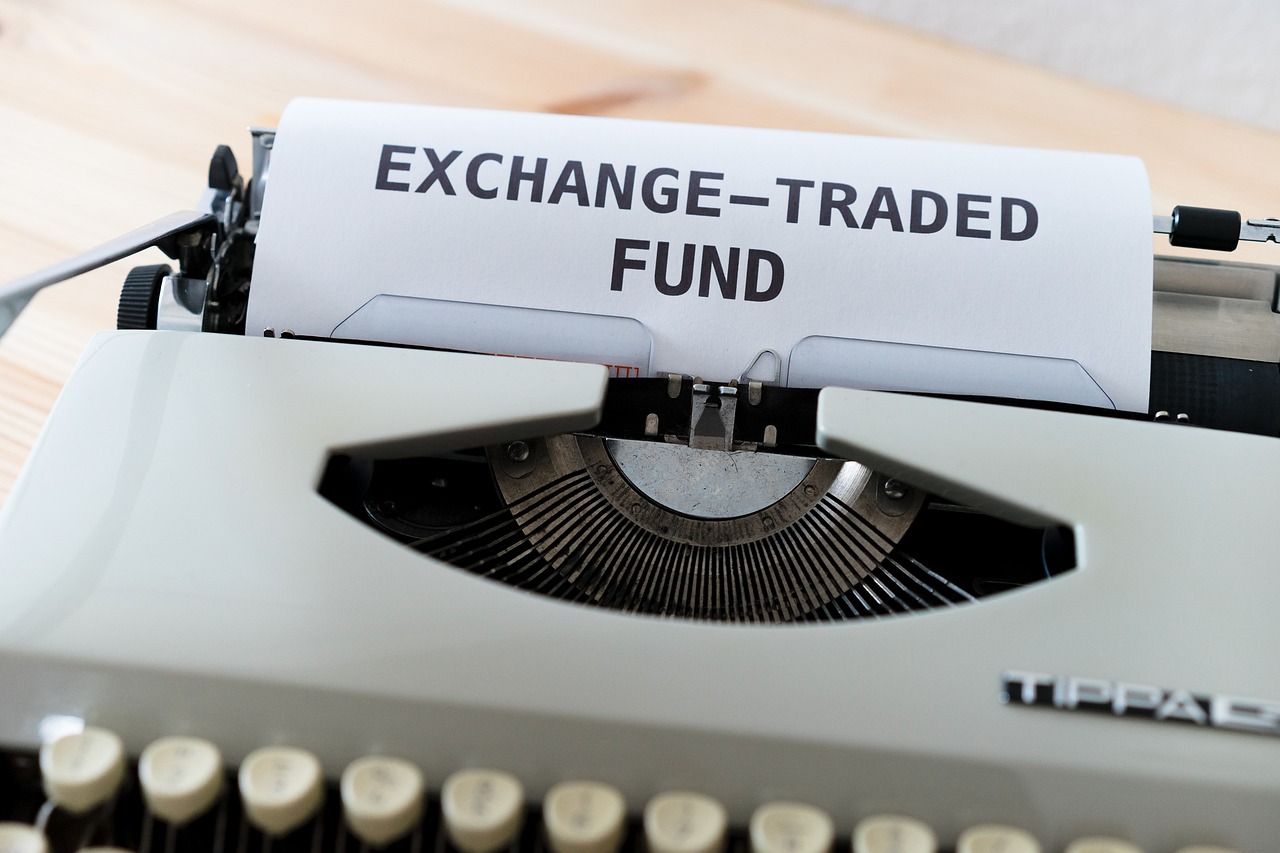
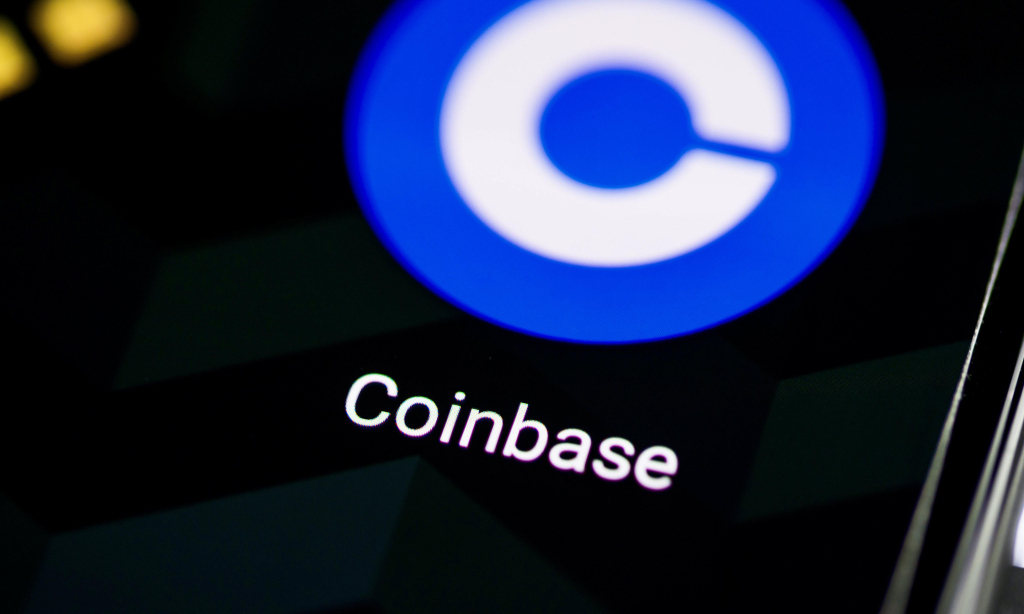
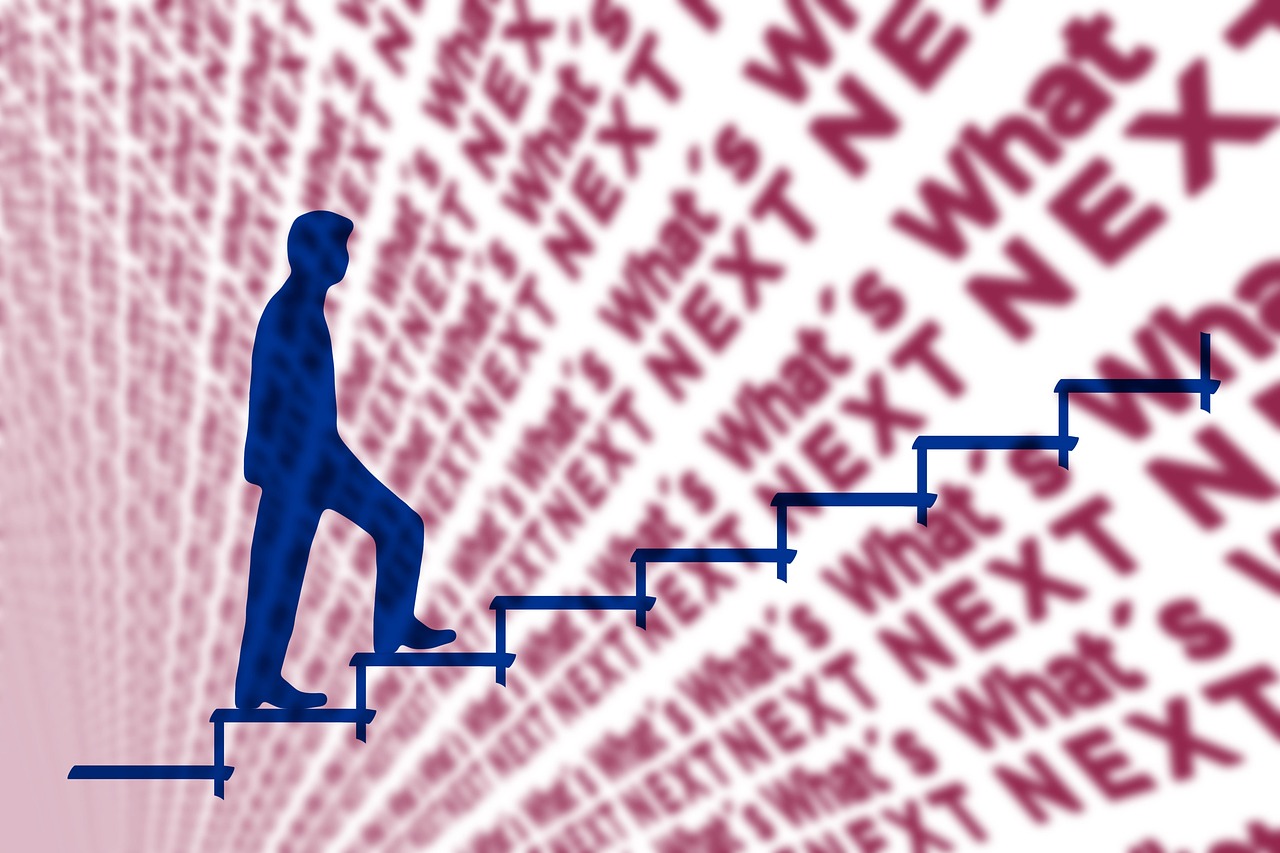

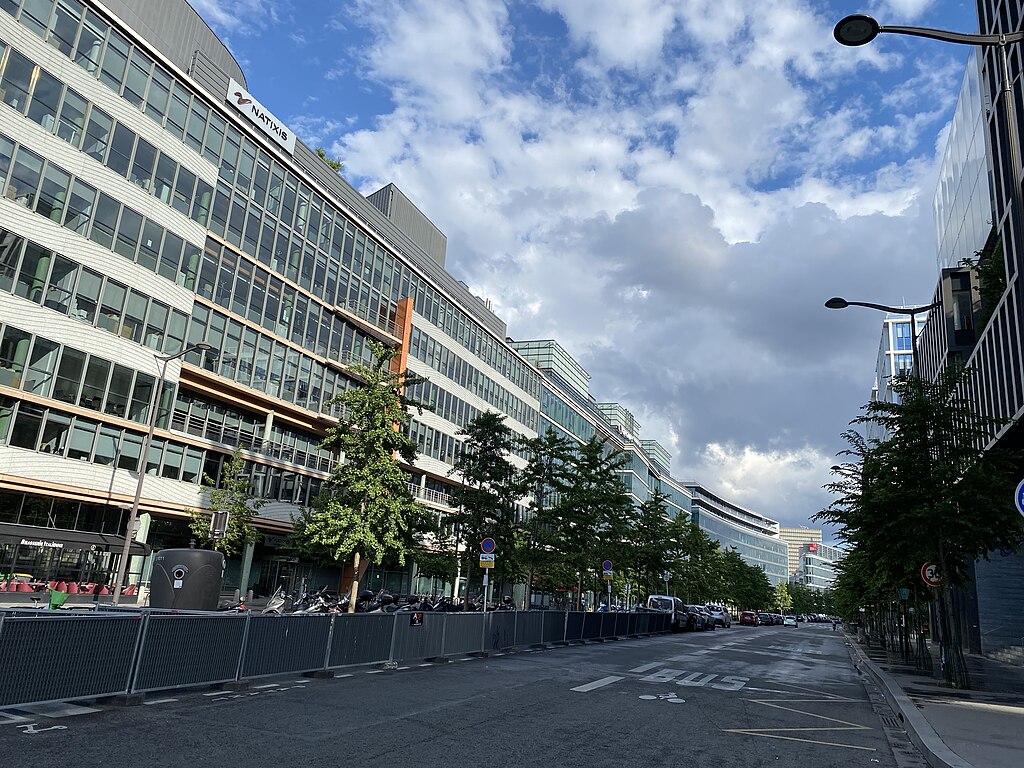


Comment 0